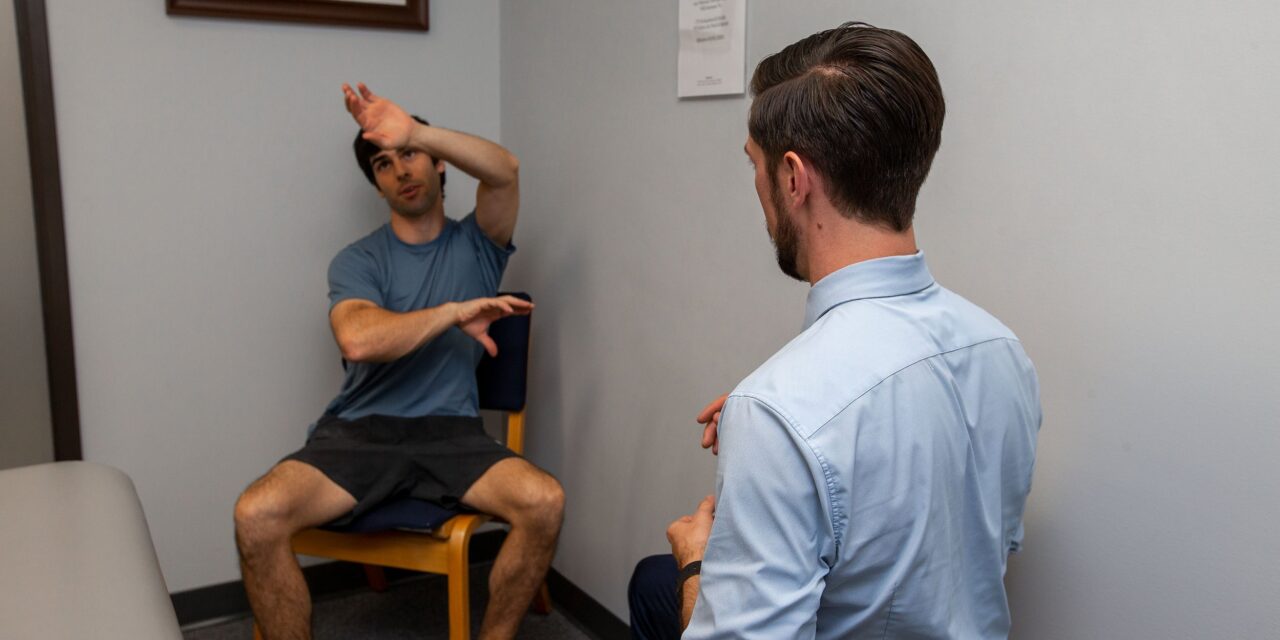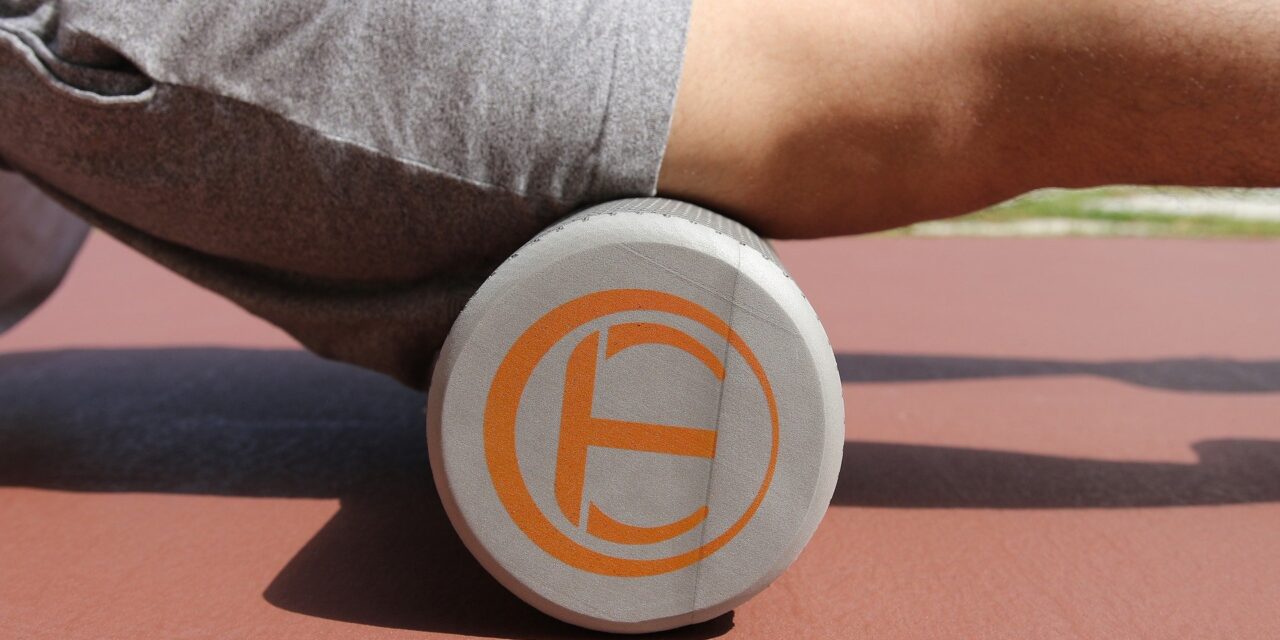Self soft tissue mobilization using a foam roller or other device (stick, ball, etc) is a popular adjunct to training that we see in rock climbers. We often receive questions about how and when foam rolling should be utilized in training and whether it helps with recovery, performance or injury prevention in rock climbing. A...
Why You Should Be Foam Rolling or Stretching Post-Exercise (hint: it’s not why you think)
March 16, 2022
Every athlete has heard it over and over from their coaches throughout the years: you need to stretch after practice/training, stretching prevents injuries, etc. Over the past decade we have seen foam rolling and other self driven myofascial release techniques gain popularity as well with claims that it enhances your recovery or it improves your...
Self soft tissue mobilization using a foam roller or other device (stick, ball, etc) is a popular adjunct to training that we see our strength and endurance athletes utilize in our Boulder physical therapy practice. We often receive questions about how and when foam rolling should be utilized in training and whether it helps with...
In previous blogs we have discussed the lack of evidence for the utilization of foam rolling on the IT band. This tissue’s tensile strength makes it resistant to all forces including massage, foam rolling, and instrumented soft tissue work. This is a gym activity is a time waste where the juice is not worth the...
Rolling is a popular soft tissue intervention for range of motion, performance, and pain relief. Participants have a wide variety of tools to choose from including foam rollers, lacrosse balls, and sticks. Each tool is designed to target an individual sore or painful spot (trigger point) in a given muscle or a tight long muscle...
Foam rolling has become a popular exercise intervention used to improve sports performance, accelerate recovery from workouts and training, and decrease muscle pain and tightness. Previous research has utilized 2-3 bouts of 60 seconds along major muscle groups in the lower body including the quadriceps, hamstrings, and calves. One component of the exercise prescription which...
Foam rolling is an effective home exercise to improve muscular pain, flexibility, and performance. Our previous blog posts detailed the performance benefits of performing foam rolling either before or after your exercise workouts. Our current understanding of the mechanisms behind these benefits are based on two categories: local circulation and improved stretch tolerance. As our...
In a previous blog we wrote about why you should not spend your valuable exercise time rolling your iliiotibial (IT) band. In short, this strong fibrous band will not stretch or move in response to any painful exercise with a foam roller or soft tissue tool of your choice. This is a classic example of...
Foam Rolling and Circulation Changes
April 10, 2017
We have previously written on the effectiveness of foam rolling as a warm up or cool down technique, as well as, a treatment for muscle pain and soreness. Utilizing a foam roller for 1-2 minutes on major muscle groups can lead to immediate changes in range of motion and flexibility likely due to improvements in...
Why Rolling Your IT Band Is A Waste Of Time
November 27, 2016
Photo Credit: cyclingweekly.com In a prior post we discussed the prevention, treatment, and prognosis for iliotibial band syndrome. The iliotibial band is commonly injured due to poor running biomechanics (cross over running gait) and muscle imbalances. Specifically, weakness in the gluteus medius and maximus and an overutilization of the tensor fascia lata muscle which connects...


